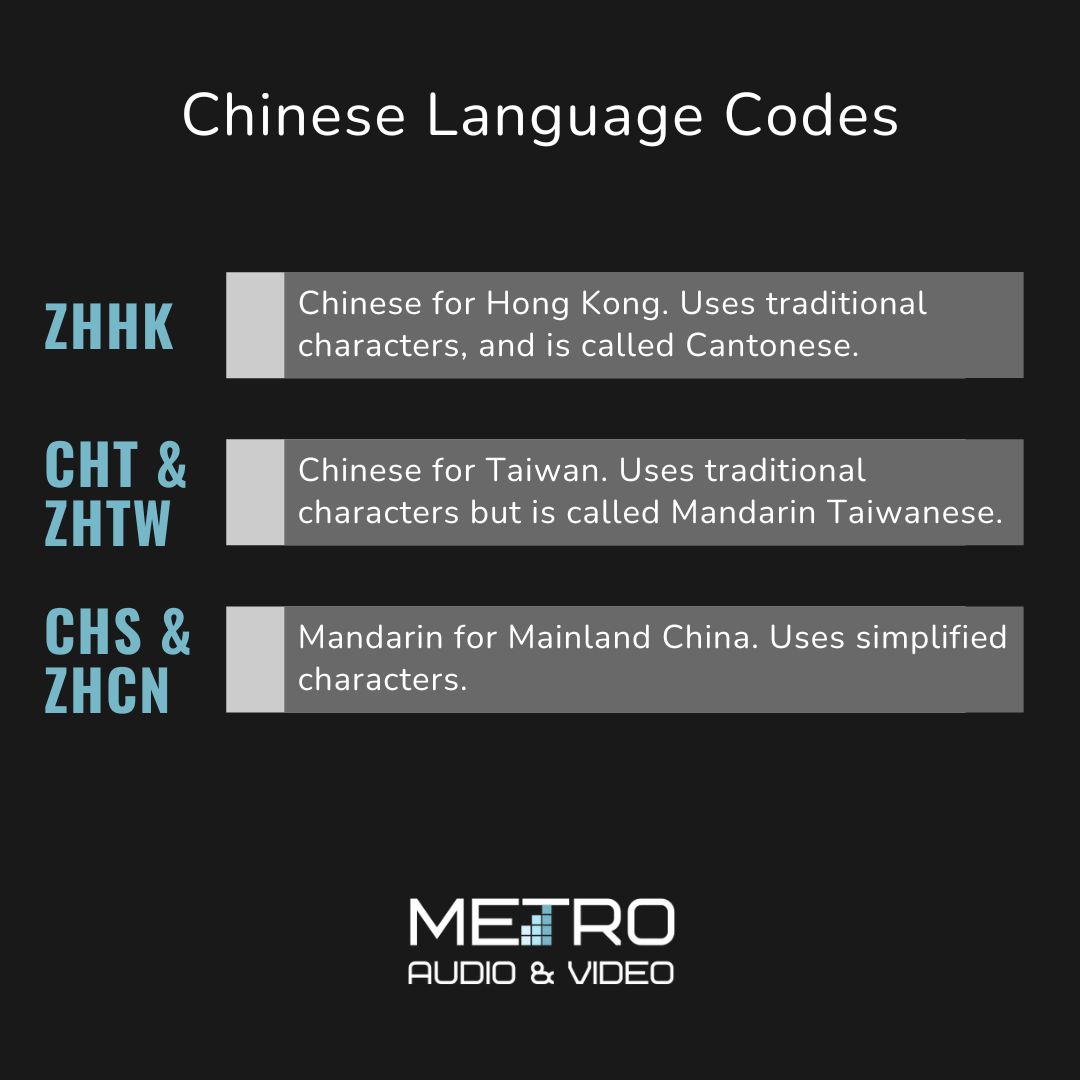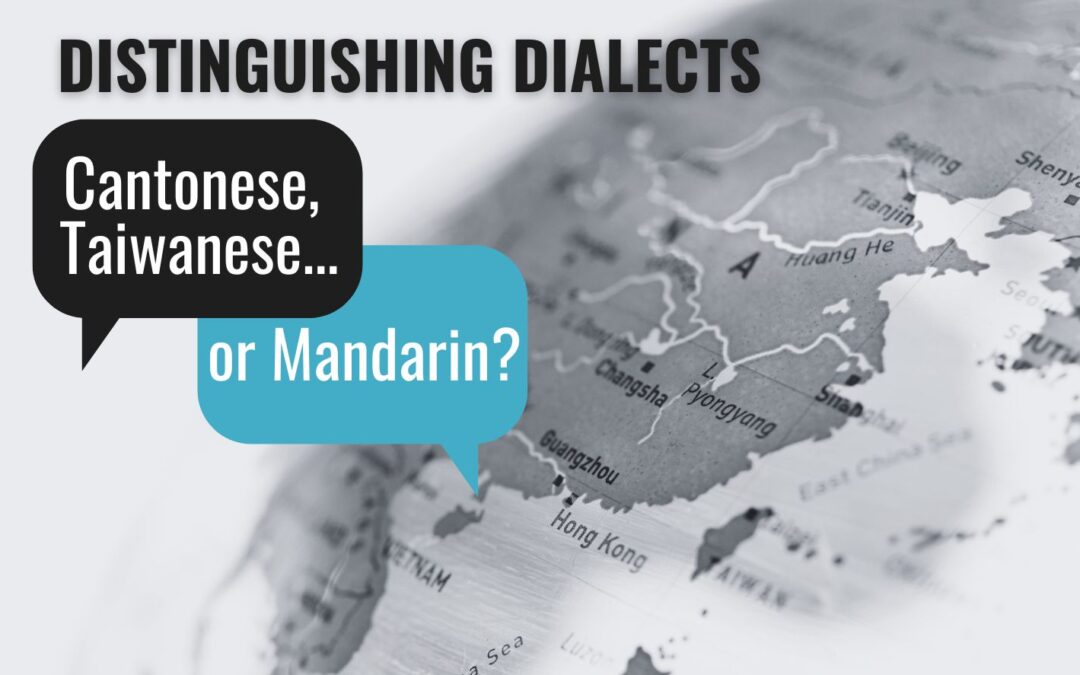Deciding between a Mandarin, Taiwanese, or Cantonese dialect for your voice over project can seem like a tough call. But you’re in just the right place to get some clarity. Think of this as your go-to guide to help you confidently navigate through the choices of Chinese dialects, ensuring your project resonates with your intended audience. At Metro Audio and Video, we’re all about making connections through the power of language, and we’re excited to guide you on this journey!
Know Your Audience
Let’s start with who you’re talking to. The Chinese-speaking world is incredibly diverse, from the vibrant scenes of mainland China and Taiwan to the lively streets of Hong Kong and Macau, and even beyond. Each area has its unique linguistic flair, so understanding where your audience is from and what language they prefer is key.
When you listen to Chinese dialects, it’s clear that Mandarin, Cantonese, and Taiwanese are not just simple variations of the same language; they are distinct in their own rights. Mandarin is spoken across China and Taiwan, while the Cantonese dialect is spoken in Hong Kong, Macau, and Guangdong province. Taiwanese, or Hokkien, is the primary language for many in Taiwan and certain Southeast Asian regions. Recognizing these differences is crucial for ensuring your message not only reaches but also engages your audience.
Culture is a huge piece of the puzzle, too. Each dialect is a window into a rich cultural heritage, carrying its own set of nuances and traditions. Choosing the right Chinese dialect is more than just about being understood; it’s about connecting with your audience on a deeper cultural level, speaking their language in the most authentic way possible.
Chinese Voice Over Script Compatibility
At Metro Audio and Video, we pride ourselves on understanding the subtleties that come with localizing content across different languages and dialects. Recently, a client sent us a Mandarin voice over script, under the assumption that it would be seamlessly understood by a Cantonese-speaking audience. Mandarin and Cantonese, while both Chinese languages, have distinct phonetic, lexical, and grammatical differences that can significantly alter the reception and understanding of content.
This project brought to light the fact that many people may be unaware of the intricacies involved in choosing the right language and dialect for their projects. This, in turn, can lead to ineffective communication and a disconnect with the target audience. As your trusted voice over partner, we want to help you avoid these issues. Below we’ve outlined some of our most frequently asked questions about the Cantonese dialect in the hopes that it will help to clear up any confusion you may have.
Our Cantonese Voice Over Sample
FAQ’s About The Cantonese Dialect
Is it possible for a Mandarin speaker to understand Cantonese and vice versa?
It is possible for a Mandarin speaker to understand Cantonese and vice versa, but the level of mutual intelligibility is relatively low. Speakers of one dialect may be able to pick up some words and phrases from the other dialect, especially if they have been exposed to it or have received formal education in the other dialect. However, the grammar, vocabulary, pronunciation, and tones of Mandarin and Cantonese differ significantly, making full mutual comprehension difficult without prior exposure or learning.
What are the main differences between the Mandarin and Cantonese dialects in terms of pronunciation and tones?
The main differences between Cantonese and Mandarin dialects in terms of pronunciation and tones are significant. These two dialects are not mutually intelligible, meaning that a Mandarin speaker and a Cantonese speaker would not be able to understand each other without learning the other dialect.
In terms of pronunciation, Mandarin and Cantonese have distinct differences in their phonology. Mandarin has a simpler syllable structure and fewer vowel sounds than Cantonese. For example, Mandarin has only four tones, while Cantonese has six, plus three entering tones. This means that the same written word can be pronounced differently in each dialect, leading to significant differences in the sound of spoken Mandarin and Cantonese.
Moreover, the vocabulary and grammar of the two dialects also differ significantly. Many words and phrases in Mandarin and Cantonese are not only pronounced differently but also have different meanings.
How do the writing systems and characters differ between Cantonese and Mandarin?
Chinese writing is different than speaking. For example, whether you speak Cantonese or Mandarin, you might still understand both Simplified and Traditional Chinese. This is especially true if you love reading. People in Hong Kong and Taiwan learn Traditional Chinese in school, but they can also get the hang of Simplified Chinese by reading more. It’s all about getting used to different styles.
Does this mean using Traditional Chinese characters makes the text Cantonese?
No. While it is true that Cantonese is typically written using traditional, unsimplified characters and Mandarin often uses simplified characters, the conversion of Mandarin text into traditional characters does not automatically transform it into Cantonese.
Are there any regional variations or dialects within Cantonese and Mandarin themselves?
Yes, there are regional variations and dialects within both Cantonese and Mandarin.
Cantonese is primarily spoken in the Guangdong and Guangxi provinces of China, as well as in Hong Kong, Macau, and among overseas Chinese communities. Within Cantonese, there are several sub-dialects, including the Guangzhou dialect (also known as Standard Cantonese), the Hong Kong dialect, and the Taishan dialect. These sub-dialects can have differences in pronunciation, vocabulary, and grammar.
Similarly, Mandarin has regional variations and dialects as well. The standard form of Mandarin, known as Putonghua or Modern Standard Mandarin, is based on the Beijing dialect and is the official language of China, Taiwan, and Singapore. Other dialects of Mandarin include the Northeastern Mandarin, spoken in northeastern China, and the Sichuanese Mandarin, spoken in the Sichuan province. These dialects can also have differences in pronunciation, vocabulary, and grammar.
Chinese Language Codes
The Chinese language is represented digitally through a set of language codes that ensure accurate localization and communication. You may see these codes on voice over scripts. The most commonly encountered codes in the translation, localization and voice over industries include ZHHK, ZHTW (or CHT for Chinese Traditional), and ZHCN (or CHS for Chinese Simplified).
ZHHK is used to denote the traditional characters and specific idiomatic expressions unique to Hong Kong, reflecting its blend of Cantonese and English influences due to its colonial history.
ZHTW or CHT corresponds to the traditional Chinese characters used in Taiwan, where Mandarin Chinese is spoken with a distinct flavor and vocabulary that mirrors the island’s unique cultural identity.
ZHCN or CHS represents Mandarin as it is written and spoken in Mainland China, employing simplified characters.

These codes are crucial in the world of digital content, software localization, and global communication, ensuring that content is not only linguistically accurate but also culturally resonant with its intended audience.
Unsure whether to use Simplified or Traditional Chinese for your project?
Need Help With Your Voice Over Project?
At Metro Audio and Video, we specialize in helping you bridge the gap between your content and its intended recipients. Whether you’re puzzled about the differences between Mandarin and Cantonese, uncertain about the dialect best suited for your audience in Taiwan, or have questions about crafting a voice over script that truly speaks to your listeners, we’re here to guide you every step of the way. Our team of linguistic experts and voice over professionals is equipped to answer all your questions and assist in determining the most effective language and dialect for your project. Reach out to us today, and let’s ensure your voice is heard, understood, and appreciated by the audiences that matter most to you.
*We would like to thank our longtime Chinese voice over talent Zhenyu Tan for his contribution to this blog! If you would like to know more about the difference in writing between Traditional and Simplified Chinese read his article.






